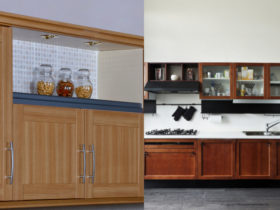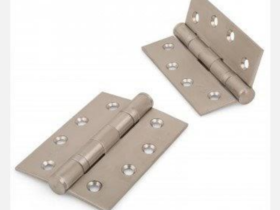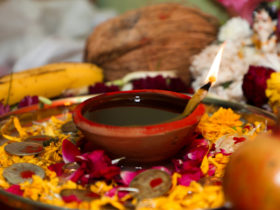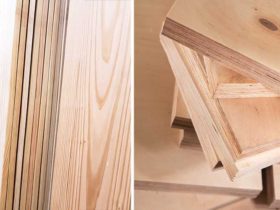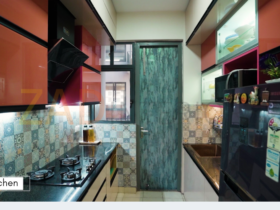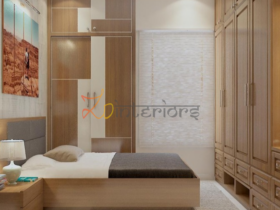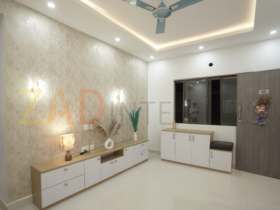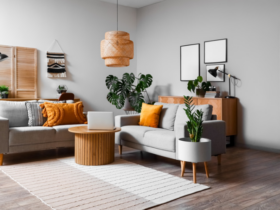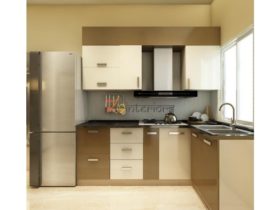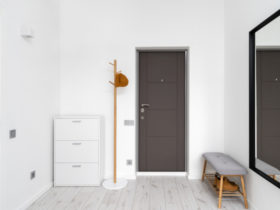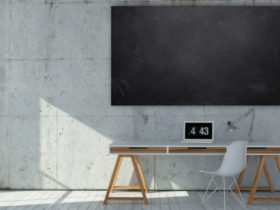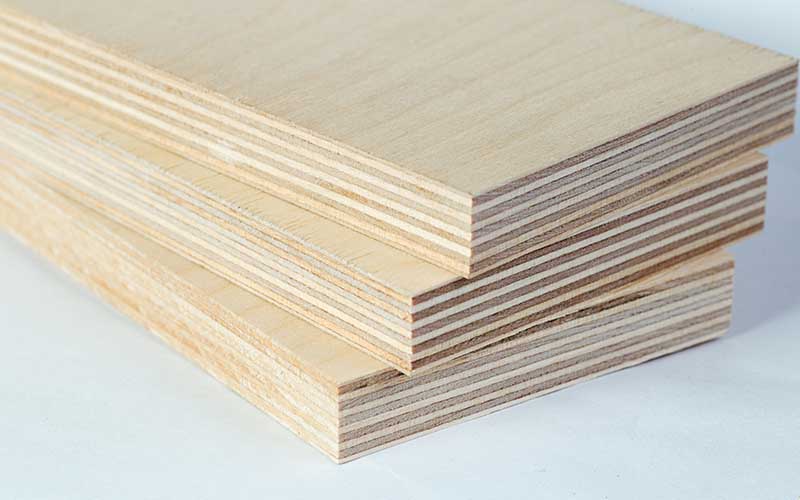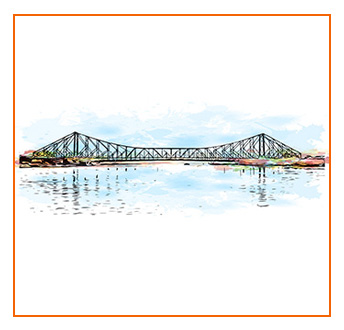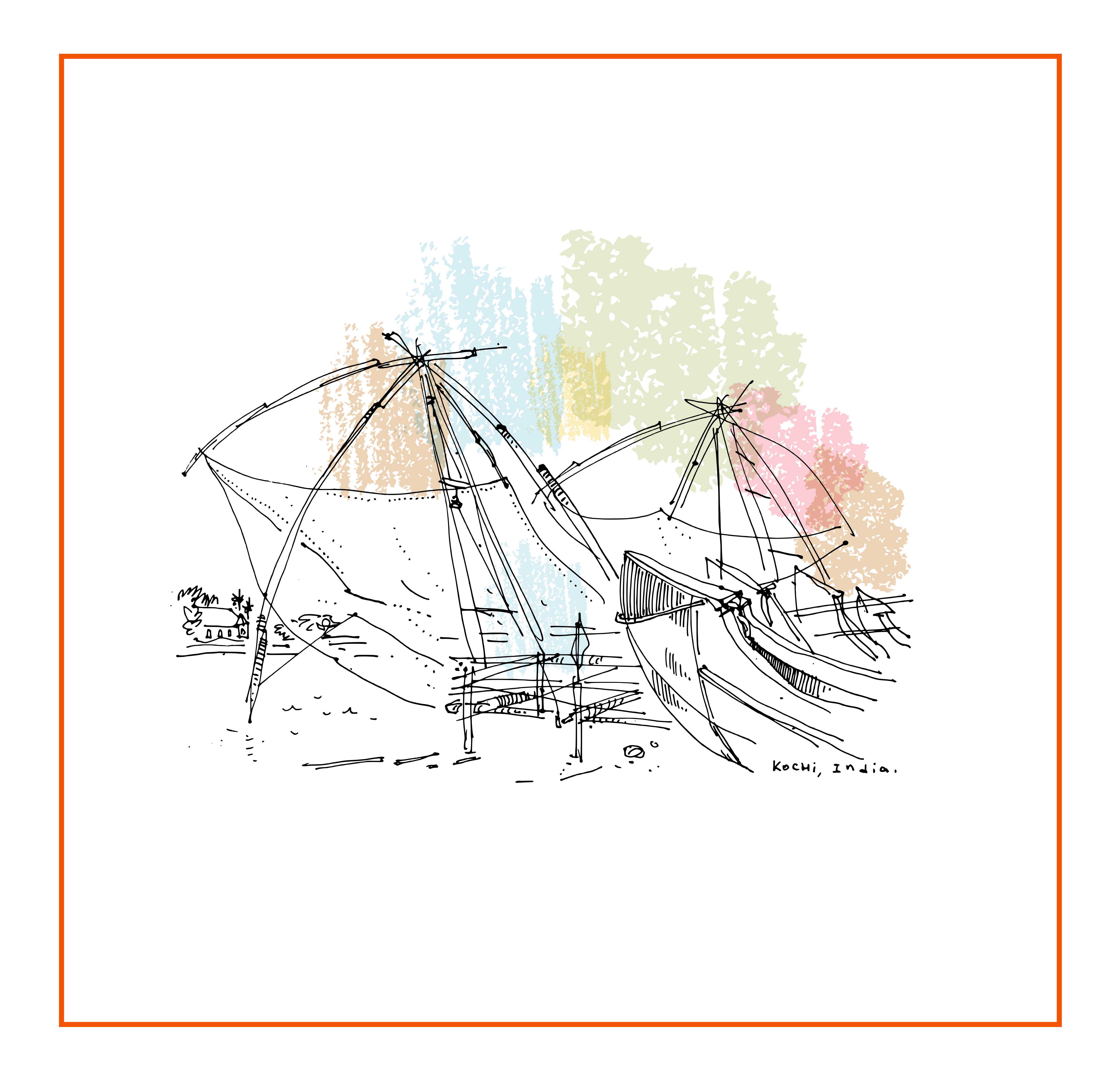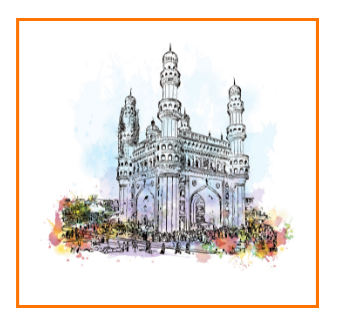Table of Contents
Advantages, Disadvantages, and Uses of MR Plywood
MR type plywood is also called commercial plywood. Because it is the most widely used and preferred plywood with respect to the construction business, it is a crucial facet of all sorts of furniture. Even though most of us naively choose the plywood recommended by the plywood vendor, many of us would want to know everything there is to understand about the product we take home. Here’s everything you need to learn about MR rated plywood prior to buying it for your furniture.
What are the features of MR grade Plywood ?
MR grade plywood is an interior grade plywood which makes it the best fit for indoor uses like making furniture, kitchen rooftops, wardrobes, doors, file cabinets in office spaces, etc.
As mentioned earlier, MR grade plywood defies moisture and humidity. But this doesn’t mean it can resist water and exhibit waterproof properties. Yes, it does not possess the ability to withstand the effects of water contact for a long time. If you are in need of waterproof plywood, you can opt for BWR grade plywood which is highly water resistant.
The adhesive, Melamine Urea Formaldehyde resin which is used in the making of MR grade plywood binds the different layers of veneers or grains in it. This, in turn, blocks the pores and other minute openings in the plywood to some extent and holds back the moisture from entering into the plywood.
MR grade plywood has good internal strength which is also the highest amongst all the grades of plywood existing today.
It is also devoid of any warping effect and hence ensures dimensional stability and longevity for the products that are made out of it.
Just like how plywood is available in different grades, MR plywood is also available in different grades based on its quality. They are high-quality MR grade plywood and low-quality MR grade plywood. They vary in density, weight, size, thickness and also cost.
When you walk into the store for the purchase of MR grade plywood, be sure to check for its Indian Standard specification number IS:303 which is a mark of the plywood’s quality.
What are the uses of Moisture Resistant Grade Plywood?
Plywood is a type of wood that is constructed up of many layers or plies, with a timber or veneer worktop. These layers contribute to the object’s strength and stability, allowing it to be employed for a variety of applications ranging from roof decking to cabinet construction. However, each sheet of plywood, as with all wood, may absorb moisture, whether via direct touch or by air humidity. Whenever the wood hydrates, it expands before shrinking when it dries. This sort of elastic deformation would have little impact in certain areas beyond the requirement for an expansion joint to soak up some of the mobility, but in specialty products like closets or furniture with close tolerances, excessive expansion and contraction over time can result in warping of the finished project.
Furthermore, conventional plywood is frequently produced using a urea-formaldehyde glue that binds the individual plies together. If exposed to plenty of water or excessive relative humidity, formaldehyde is susceptible to moisture and will decay over time. This might cause the plywood sheets to deform or pull apart from each other, which is something you would not want to happen to your finished items. By selecting moisture-resistant plywood, you can slow down the deformations of the veneers and avoid damage between them. There’s no need to compensate for an expansion joint, and there’s really no risk of warping. Furthermore, the plywood could now be used in regions with greater levels of temperature and humidity, including the restroom or even below ground, where conventional forms of plywood may not be utilized.
Advantages of MR Plywood
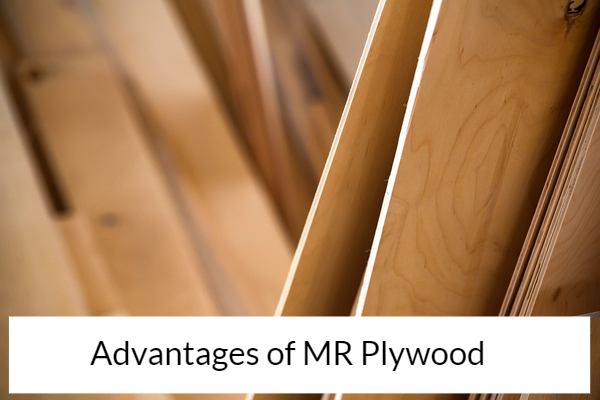
Indoor-quality Plywood
MR level plywood is an indoor quality plywood that is ideal for interior applications like as furniture, kitchenette rooftops, closets, doorways, and filing cabinets in offices.
Moisture-resistant
Melamine Urea Formaldehyde polymer, which is employed in the manufacture of MR category plywood, bonds the various layers of veneers or grains. As a result, the fissures and other small spaces in the plywood are partially blocked, preventing moisture penetration in the board.
Excellent Strength
The strength of MR type plywood is excellent, and it is also the best of all the categories of plywood available today.
Warp-Resistant
It also has no warping impact, ensuring structural stability and long-term durability for the objects manufactured from it.
Market Flexibility
MR plywood comes in a variety of grades dependent on its quality, similar to how plywood does. There are two types of MR grade plywood: superior-quality MR grade plywood and inferior-quality MR grade plywood. They differ in terms of volume, mass, length, width, and price.
Point to Remember
When purchasing MR category plywood, look for the Indian Standard specification number IS:303, which indicates the plywood’s integrity.
Disadvantages of MR Plywood
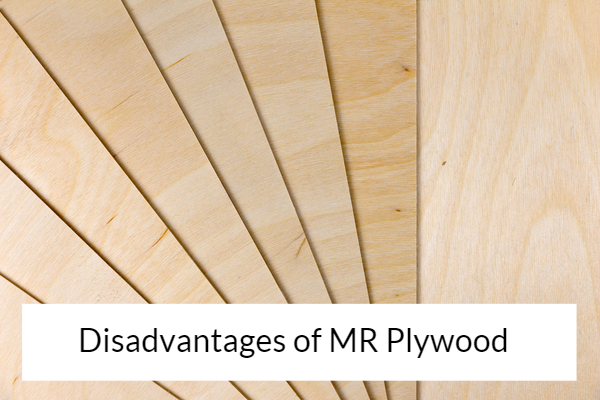
Falling Behind on the Competition
MR Plywood is a luxury item when contrasted with other “glue boards” on the market, and it is priced appropriately. Its real-wood appearance adds a lot of attraction and a significant price increase. MR Plywood also outperforms the competition in a few other categories, notably when it comes to detailed cutting. MDF is becoming increasingly popular for woodwork and cabinets, despite the fact that some homeowners are dismissive of it.
MR Plywood is not Water-resistant
The most prevalent misunderstanding regarding MR rated plywood is that it is resistant to water. If you’re seeking waterproofing in MR quality plywood, you’ll be disappointed since MR in MR grade plywood stands for ‘moisture-resistant’, which means it can withstand moisture easily. It can, unfortunately, only withstand moisture, not water. MR class plywood is the most popular type of plywood in hot and humid environments, particularly in tropical countries, due to its moisture resistance. To suit your requirements, CenturyPly provides a comprehensive selection of products in both MR and BWP (Boiling Water Proof) grades.
Hard to Work With
The truth is that MR plywood’s corners are difficult to cut and screw into, and it has a reputation for splintering and cracking. MDF, however, can be a joy to work with, especially when using finer scroll saw and jigsaw techniques. MR Plywood requires extra effort since it may require sanding, and the edges are frequently required to be polished due to the visible veneer layers.
Ecologically Disadvantageous
The disadvantages of MR plywood are few, however it should be highlighted that it is less ecologically beneficial than some other pressed boards since it employs veneer from virgin wood, while the others are manufactured from industrial leftovers. However, because MR plywood is much more water-resistant, more load-bearing, better for staining, and tougher, its lifetime may help counterbalance its environmental impact.
Unaesthetic Appearance
Plywood isn’t ideal for surface work because of its often rough texture, at least in some circumstances. Many varieties of plywood don’t look very attractive, which might be an issue when you’re trying to make something that looks nice.
Release of VOCs
VOCs, or volatile organic compounds, are released into the air by all types of plywood. These are hazardous to human health and are therefore not healthy to inhale. This is especially hazardous while handling plywood throughout the construction phase.

